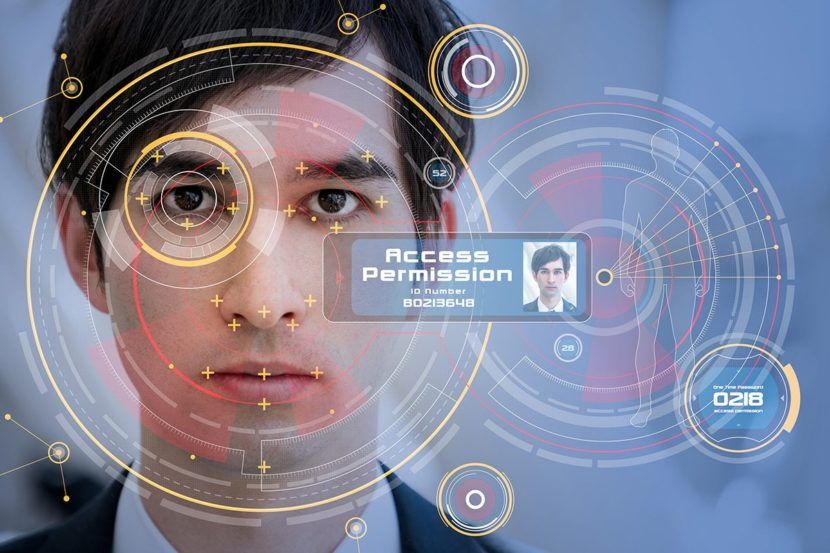
In recent years, the gaming industry has witnessed remarkable advancements in technology, revolutionizing the way we play and interact with games. One such advancement is the integration of biometrics, which has opened up new avenues for enhancing gaming experiences. Biometrics, the measurement and analysis of unique human characteristics, have found their way into gaming to provide players with more personalized and immersive gameplay. This article explores the use of biometrics in gaming and how it contributes to the overall gaming experience.
Enhancing Immersion through Biometrics
Biometrics have the potential to deeply immerse players in the gaming world by providing real-time feedback and responses based on their physiological and emotional states. By analyzing factors such as heart rate, facial expressions, and even brain activity, game developers can tailor gameplay experiences that adapt to the player’s emotions, making the gaming experience more engaging and authentic.
Heart Rate Monitoring
One of the most fascinating applications of biometrics in gaming is heart rate monitoring. By utilizing wearable devices or specialized sensors, games can gauge a player’s heart rate and adjust the in-game difficulty levels or dynamics accordingly. For instance, in horror games, the intensity of gameplay elements can be increased based on an elevated heart rate. This direct connection between the player’s physical response and the game’s mechanics delivers a spine-chilling and memorable experience.
Facial Expression Analysis
Biometrics can also detect and analyze facial expressions, making it possible for games to respond to a player’s emotions. Facial recognition technology can identify emotions such as joy, anger, fear, or surprise. This information enables games to adapt their narrative, character reactions, or even environment to match the player’s emotional state. This level of customization adds depth to the storytelling aspect of games, fostering a stronger emotional connection between the player and the game world.
Improving Player Interaction and Gameplay
Biometrics offer opportunities to enhance player interaction within games. By incorporating biometric sensors into controllers or utilizing advanced camera systems, games can provide more natural and intuitive controls, making the gameplay feel more fluid and immersive.
Gaze Tracking
Gaze tracking is an exciting biometric feature that allows games to understand where players are looking. This technology can be integrated into virtual reality (VR) or augmented reality (AR) games, enabling the game world to react based on the player’s gaze. For example, a player’s focus on a particular object might trigger interactions or reveal hidden clues in the game. By utilizing gaze tracking, games can create truly interactive experiences where the player’s attention actively shapes the gameplay.
Brain-Computer Interfaces (BCIs)
Brain-computer interfaces (BCIs) push the boundaries of player interaction by allowing games to read and interpret brain activity. Through the use of electroencephalography (EEG) devices, players can control elements in games solely with their thoughts. This innovation has incredible potential for players with physical disabilities or limitations, providing them with equal opportunities to engage in the gaming experience. BCIs open up a world of possibilities for innovative gameplay mechanics and redefine what it means to control a game.
Challenges and Considerations
While the use of biometrics in gaming holds great promise, it also poses certain challenges and considerations. Privacy and data security become crucial factors when dealing with sensitive biometric information. Developers must prioritize implementing robust security measures to protect players’ data and ensure that it is utilized ethically and responsibly. Moreover, accessibility is another important aspect to consider, as not all players may have access to the necessary biometric equipment. Developers must strive for inclusivity and provide alternative options to ensure everyone can enjoy the game regardless of their biometric capabilities.
Conclusion
The integration of biometrics in gaming has ushered in a new era of personalized and immersive experiences. By leveraging biometric data, games can adapt to players’ physiological and emotional states, creating more captivating gameplay and stronger emotional connections. From heart rate monitoring to facial expression analysis, and even gaze tracking and BCIs, biometrics offer exciting possibilities to reshape the future of gaming. As technology continues to advance, we can expect biometrics to further revolutionize the way we play and interact with games, making them more engaging and unforgettable than ever before.


